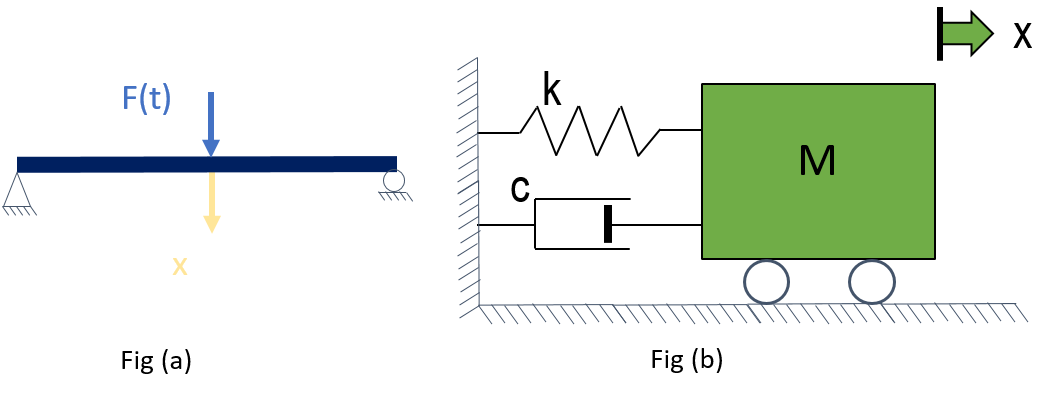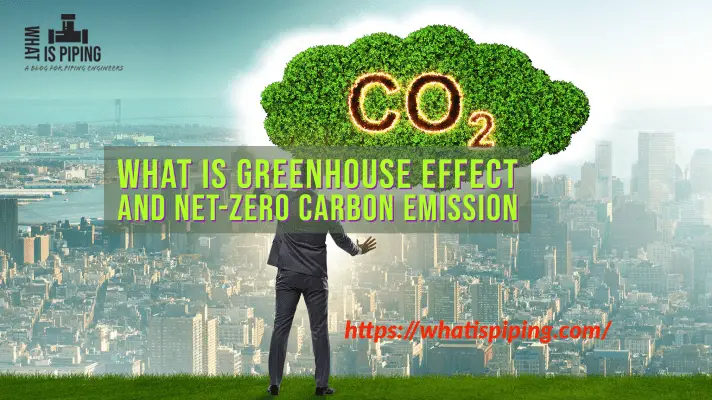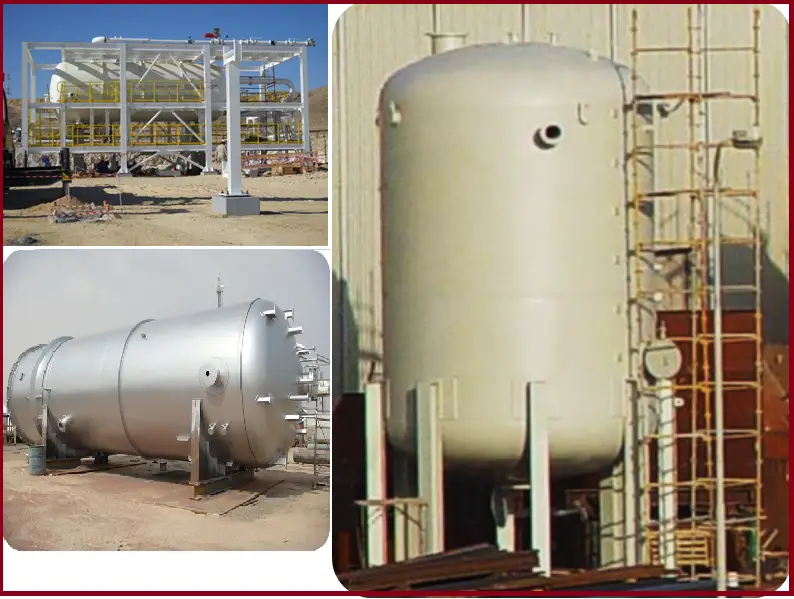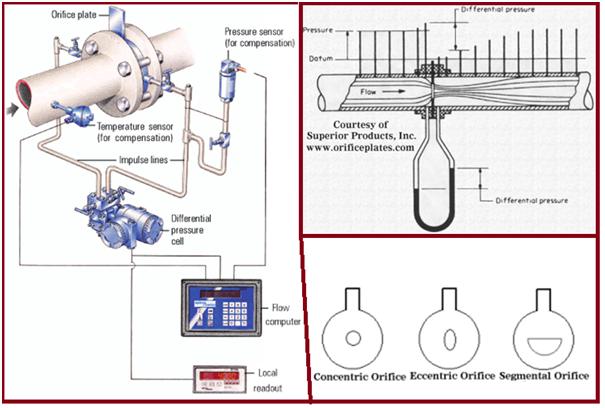When we think of gases, we often imagine them as invisible and weightless. However, the concept of vapor density challenges this notion. Vapor density refers to the measure of a gas’s mass per unit volume compared to air. Vapor density is a crucial concept in the oil and gas industry, impacting safety, efficiency, and environmental management. Understanding vapor density is essential in various fields, including chemistry, meteorology, and industrial processes. In this article, we will learn the significance of vapor density, its applications, and its role in our daily lives.
What is Vapor Density?
Vapor density is a fundamental property of gases that describes how heavy or light gas is compared to the ambient air. It is commonly expressed as a ratio relative to the density of dry air at the same temperature and pressure. For example, the vapor density of a gas compared to air is less than 1 if it is lighter than air, and greater than 1 if it is heavier. As the vapor density is the ratio of two densities, it is a dimensionless quantity.
Note that, certain literature defines vapor density with respect to the density of hydrogen.
Formula for Vapor Density
Vapor density is defined as the mass of a vapor per unit volume, typically expressed in grams per liter (g/L). It is an important characteristic that influences how gases behave in various conditions, particularly during the extraction, processing, and transportation of oil and gas. The formula for calculating vapor density is:

Here, the molar mass of air is approximately 29 g/mol, which allows for comparison with other gases.
Units of Vapor Density Measurement
Vapor density can be measured in several units, including:
- Grams per liter (g/L)
- Pounds per cubic foot (lb/ft³)
- Moles per liter (mol/L)
Factors Affecting Vapor Density
There are certain factors that affect the vapor density of a fluid. Some of these parameters are:
Molecular Weight:
The molecular weight of a gas significantly influences its vapor density. Gases with lower molecular weights, such as hydrogen and helium, have lower vapor densities and tend to rise because they are lighter than air. Conversely, gases with higher molecular weights, like carbon dioxide and sulfur hexafluoride, have higher vapor densities and tend to sink.
Temperature:
Vapor density is directly affected by temperature. As the temperature increases, the kinetic energy of gas molecules also increases, causing them to spread out and lower their density. On the other hand, lower temperatures lead to higher vapor densities.
Composition of the Gas
Different gases have different molar masses. For example, methane (CH₄) has a lower molar mass compared to ethane (C₂H₆), resulting in a lower vapor density for methane. The composition of gas mixtures in oil and gas operations can thus significantly influence overall vapor density.
Humidity and Impurities
The presence of water vapor (humidity) can affect the density of gases. In oil and gas applications, impurities such as hydrogen sulfide (H₂S) and carbon dioxide (CO₂) also impact vapor density, requiring careful consideration during processing and transportation.
Why is Vapor Density Important?
Safety and Hazard Management:
Understanding vapor density is crucial for evaluating the behavior of gases in different environments. Gases with a vapor density higher than 1 are heavier than air and tend to accumulate in low-lying areas, potentially leading to hazardous conditions. On the other hand, gases with a vapor density lower than 1 are lighter than air and can rise, posing different safety risks. This knowledge is essential for risk assessment and safety protocols in industrial processes, storage facilities, and in handling potentially harmful gases.
Meteorology and Weather Patterns:
Meteorologists use vapor density to study the movement and behavior of air masses. Changes in air density influence atmospheric pressure, leading to the formation of high and low-pressure systems that drive weather patterns. Vapor density is a key factor in understanding cloud formation and precipitation processes, which are essential for weather forecasting.
Industrial Processes:
In industrial applications, knowing the vapor density of gases is vital for designing ventilation systems, ensuring safe handling of chemicals, and optimizing processes. Different gases can have varying effects on workers’ health and safety, and understanding their behavior based on vapor density allows for better risk management.
Gas Mixtures and Fuel Efficiency:
Vapor density is used in determining the composition of gas mixtures. This information is crucial in industries like fuel production and combustion, where achieving the right gas concentration is essential for maximizing fuel efficiency and reducing emissions.
Engineering and Design:
Engineers consider vapor density when designing equipment that involves gas handling, such as tanks, pipelines, and ventilation systems. Understanding the vapor density of gases ensures the appropriate materials and dimensions are used for safe and efficient operations.
Aerospace and Aeronautics:
Vapor density is relevant in aerospace and aeronautical applications, especially when dealing with gases in confined spaces like spacecraft or aircraft cabins. Understanding the density of gases is essential for ensuring safe conditions for astronauts and passengers.
Importance of Vapor Density in Oil and Gas
Safety Considerations
- Flammability and Explosiveness: Gases with lower vapor densities than air tend to rise, while heavier gases can accumulate at ground level, creating explosive atmospheres. Understanding vapor density helps in assessing the risk of gas release incidents.
- Leak Detection: Knowledge of vapor density aids in designing effective leak detection systems. Lighter gases may dissipate quickly, whereas heavier gases may linger, necessitating different monitoring strategies.
- Ventilation Requirements: In confined spaces, knowing the vapor density helps determine appropriate ventilation measures to mitigate the accumulation of hazardous gases.
Environmental Implications
- Emission Control: Vapor density plays a significant role in determining how pollutants disperse into the atmosphere. This understanding is critical for regulatory compliance and minimizing environmental impacts.
- Spill Response: In the event of a spill, vapor density influences the choice of containment and remediation strategies. Heavier vapors may require different tactics compared to lighter ones.
Operational Efficiency
- Separation Processes: Vapor density is essential for optimizing processes such as distillation, where different components of a mixture are separated based on their volatility.
- Transportation and Storage: Understanding the vapor density of gases can influence the design of pipelines and storage facilities, ensuring safe and efficient transportation of hydrocarbons.
Measuring Vapor Density
Laboratory Methods
- Density Meters: Instruments that utilize principles such as buoyancy to measure the density of a gas or vapor sample.
- Gas Chromatography: Used to separate and analyze gas mixtures, providing insights into the molar mass and composition, which can then be used to calculate vapor density.
Field Methods
- Portable Gas Detectors: Devices that can provide real-time vapor density readings, helping operators to assess conditions in the field.
- Sampling Techniques: Collecting gas samples in controlled conditions to analyze in the laboratory for precise measurements.
Examples of Vapor Density in Everyday Life
Hot Air Balloons:
The principle of lighter-than-air gases rising is employed in hot air balloons. By heating the air inside the balloon, its vapor density decreases, making it lighter than the surrounding air and causing the balloon to ascend.
LPG Leak Detection:
Liquefied petroleum gas (LPG) is commonly used in households for cooking and heating. LPG is heavier than air, and in the event of a leak, it tends to pool near the ground. This property allows for the effective use of gas detectors to detect leaks and prevent accidents.
What is the Vapor Density of Water?
The vapor density of water is approximately 0.623. This value is calculated by comparing the mass of water vapor to the mass of an equal volume of dry air at the same temperature and pressure.
It is important to note that water vapor is lighter than dry air, which has a vapor density of 1. This characteristic plays a significant role in the water cycle and weather patterns. Water vapor tends to rise in the atmosphere due to its lower density, leading to the formation of clouds and precipitation when it condenses at higher altitudes.
What is the Vapor Density of Air?
The vapor density of dry air is approximately 1. The vapor density of any gas, including air, is determined by comparing its mass to the mass of an equal volume of dry air at the same temperature and pressure. Since dry air is commonly used as a reference, its vapor density is always considered as 1.
This means that gases with a vapor density greater than 1 are heavier than dry air, while those with a vapor density less than 1 are lighter. For example, the vapor density of carbon dioxide is about 1.52, indicating that it is heavier than dry air. On the other hand, the vapor density of hydrogen is approximately 0.07, making it much lighter than dry air.
Vapor Density of Other Substances
The vapor density of some common substances is given in Table 1 below:
| Substance | Vapor Density |
|---|---|
| Hydrogen | 0.07 |
| Helium | 0.14 |
| Methane | 0.55 |
| Carbon Dioxide | 1.52 |
| Ethanol | 1.59 |
| Ammonia | 0.59 |
| Propane | 1.50 |
| Sulfur Hexafluoride | 5.11 |
| Oxygen | 1.10 |
| Nitrogen | 0.97 |
| Chlorine | 2.48 |
| Argon | 1.38 |
| Acetylene | 0.91 |
| Butane | 2.00 |
| Natural Gas | 0.6 to 0.7 |
| Carbon Monoxide | 0.97 |
| Gasoline | 3.5 |
Conclusion
Vapor density may not be a term that we think about every day, but it plays a crucial role in various aspects of our lives. In the oil and gas industry, Vapor density is an integral parameter, influencing safety, operational efficiency, and environmental management. Understanding the behavior of gases and their density relative to air is essential for safety, weather predictions, environmental monitoring, and industrial processes. As we continue to explore the properties of gases, our knowledge of vapor density will undoubtedly contribute to advancements in technology, safety standards, and our understanding of the natural world.








